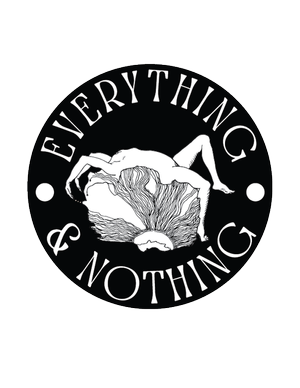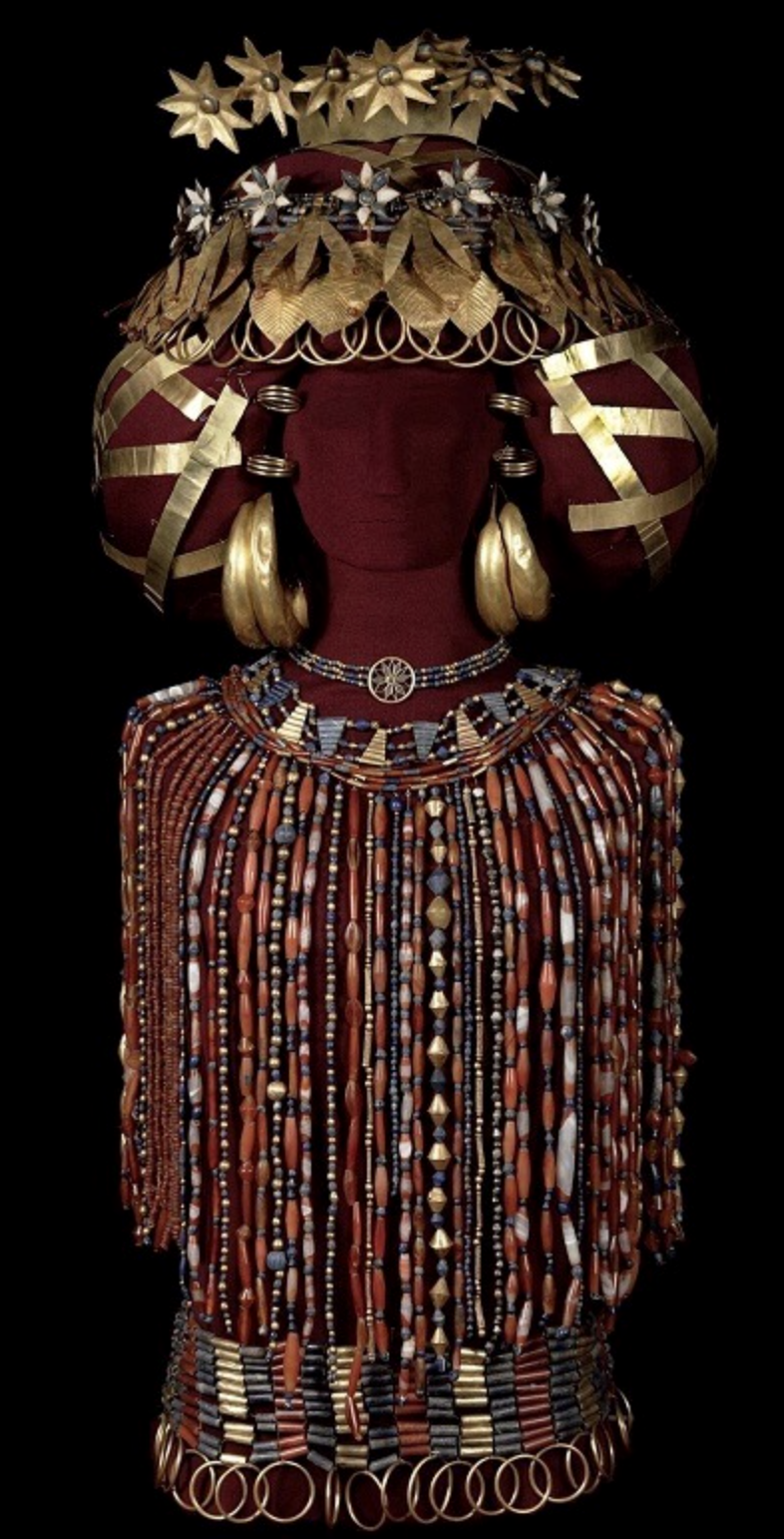'MORE YOU KNOW' MONDAY ::: VOL. 2
The earliest finding of jewelry was dated around 25,000 years ago. It was a simple necklace made of fish bones found in a cave in Monaco. We can only speculate who made it and why. Maybe it was a gift to a new mother or belonged to the village witch doctor. We will never know the exact reason for the making of the gift but know humans have been creating and wearing adornments for a long frickin’ time.
Jewelry was worn as amulets to protect against bad luck and illness. We still hear the tales and adventures of people long ago who somehow found luck and fortune (or demise…lookin’ at you, Lord of the Rings) because of gemstones and jewelry. From these myths evolves jewelry made into symbols thought to give the wearer control over fertility, wealth and love. Jewelry was worn for its magical properties.
Iran and the Mediterranean
Some of the earlier forms of jewelry can be traced to the civilizations that bloomed in the Mediterranean and what is now called Iran around 3,000 to 400 BC. These were usually simple stone amulets and seals. Many of these amulets and seals carried spiritual meanings, stars, and floral designs. Jewelry was offered to the gods and was used to dress up statues. The Royal Tombs in ancient Sumner, dating back to 3000 BC, delivered to us the greatest collection of all times. There they found mummies encrusted with every imaginable type of jewelry worn, headdresses, necklaces, earrings, rings, crowns, and pins.
Below are photos of the adornments found in Queen Pu-abi's tomb. Gold, lapis, carnelian and agates were used to create these works of art. Pu-abi’s full regalia weighed 14 lbs!
Thanks for reading this far! I hope you are all enjoying some body adornment history.
Queen Pu-abi's full regalia




